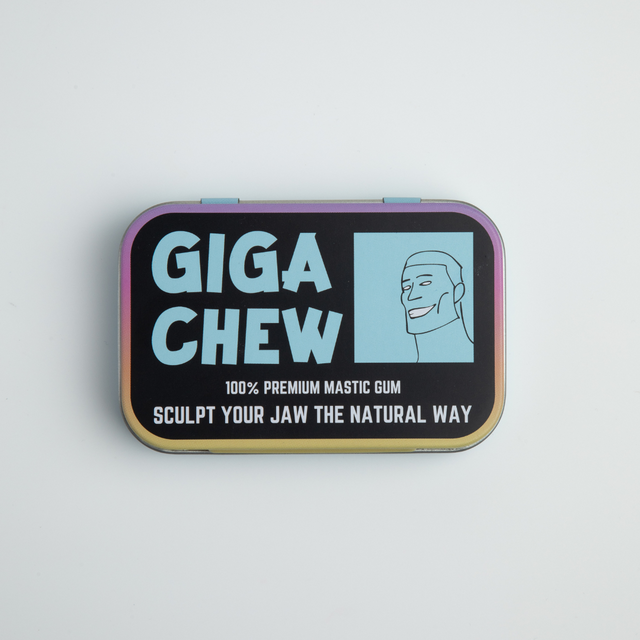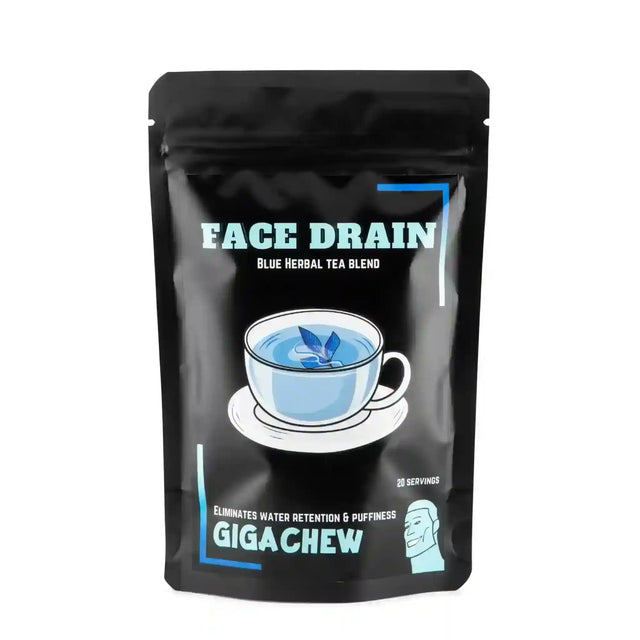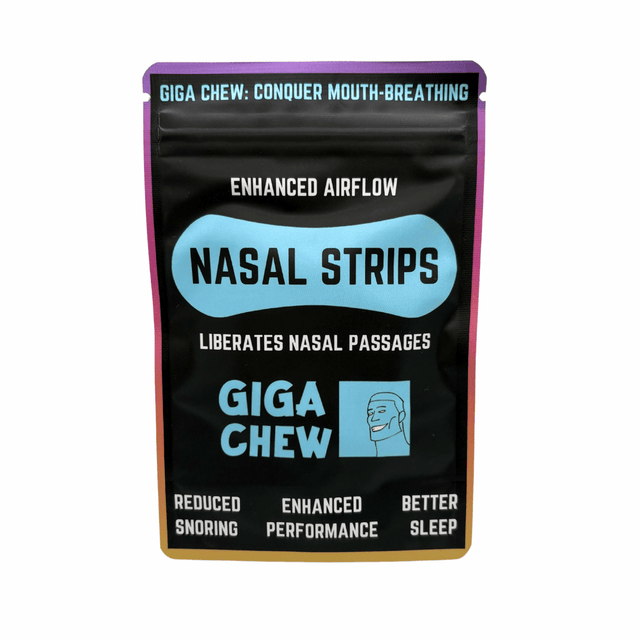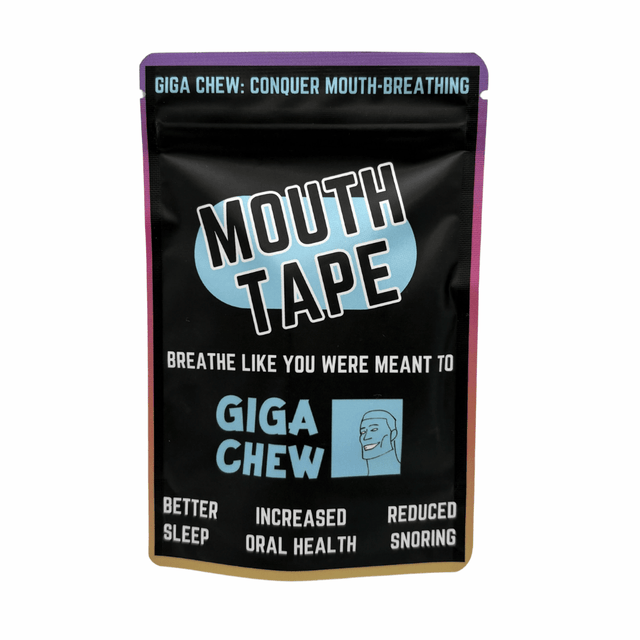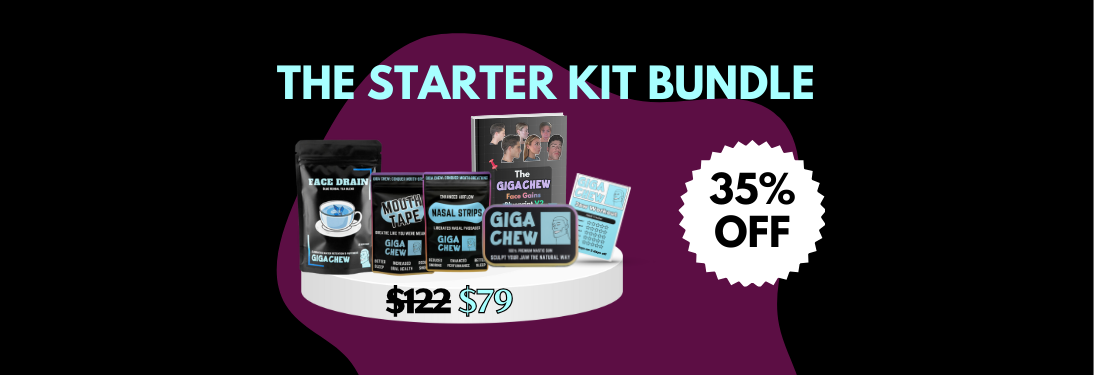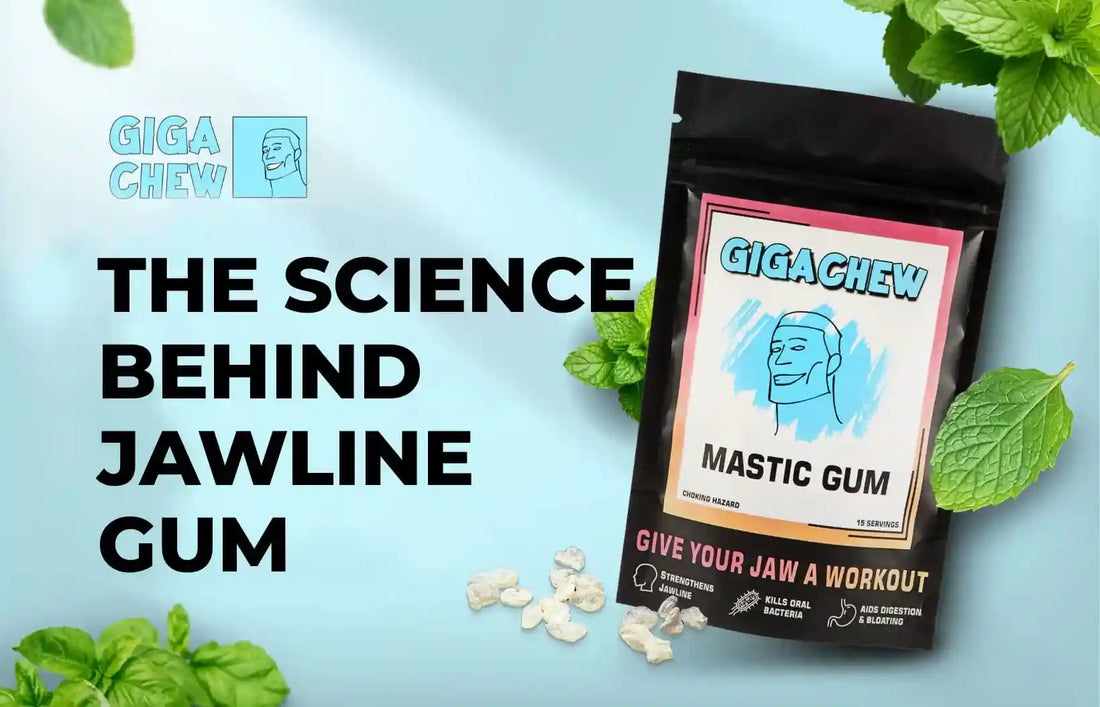Giga Chew‘s mastic gum offers a natural and effective way to enhance your jawline by engaging the masseter muscle, leading to improved facial aesthetics. This article explores the science behind jawline gum, focusing on muscle mechanics and how resistance gum targets the masseter. With regular use, it can support both functional jaw strength and visual definition, making it a practical tool for those seeking non-invasive facial enhancement. Beyond aesthetics, it’s also a way to strengthen one of the body’s most powerful and functional muscles.
Table of Contents
- Key Takeaways
- Understanding Muscle Mechanics
- The Role of the Masseter Muscle
- How Resistance Gum Engages the Masseter
- The Science Behind Jawline Enhancement Through Chewing
- Incorporating Mastic Gum into a Daily Routine
- Conclusion
- FAQs
Key Takeaways
- Chewing resistance gum can strengthen the masseter muscle, potentially enhancing jawline definition.
- Consistent use of mastic gum may lead to noticeable improvements in facial aesthetics.
- Incorporating jawline gum into a routine is a non-invasive method to work towards a more sculpted appearance.
Understanding Muscle Mechanics
- The human body contains a complex system of muscles that work together to support movement and uphold proper posture. Muscles operate through contraction and relaxation, generating force to move bones and joints. In the context of mastication (chewing), several muscles work in unison to enable the complex movements required for breaking down food.
- These movements are not only functional but also play a role in shaping facial structure over time. The repetitive action of chewing stimulates key jaw muscles, particularly the masseter, which can influence the overall tone and contour of the lower face. Like any skeletal muscle, regular activation through targeted resistance can encourage muscle growth and endurance, reinforcing the connection between form and function in facial aesthetics.
The Role of the Masseter Muscle
Among the muscles involved in chewing, the masseter stands out due to its strength and prominence. Located on the side of the face, it originates from the zygomatic arch (cheekbone) and inserts into the mandible (lower jawbone). The main role of the masseter muscle is to raise the lower jaw, enabling smooth closure during the chewing process. Additionally, the masseter assists in protruding the jaw and stabilising the temporomandibular joint (TMJ).
How Resistance Gum Engages the Masseter
Chewing gum, particularly varieties designed with higher resistance like mastic gum, provides a form of exercise for the masseter muscle. The increased resistance requires the muscle to exert more force during mastication, akin to strength training for other muscles in the body. With regular use, this repeated activation of the masseter muscle can promote muscle growth, which may gradually contribute to a more defined and structured jawline.
- Increased muscular effort: Unlike conventional gum, resistance gum demands greater force from the masseter muscle, prompting deeper contractions that activate the muscle fibres more effectively.
- Consistent resistance training: Regular chewing sessions mimic resistance-based training, which is known to promote muscle development and firmness through repetitive engagement.
- Enhanced muscle thickness: Over time, repeated use of high-resistance gum may lead to a measurable increase in the size and density of the masseter muscle, contributing to a stronger and more pronounced jaw structure.
- Support for facial symmetry: Strengthening the masseter can help balance the lower face, particularly for those with asymmetrical muscle development due to habits such as chewing predominantly on one side.
- Non-invasive enhancement: This method offers a natural alternative to more aggressive jawline enhancement procedures, supporting gradual yet visible changes without surgical intervention.
The Science Behind Jawline Enhancement Through Chewing
Research indicates that targeted exercises can improve muscle strength and function. It investigated how structured gum-chewing exercises influence bite strength and the thickness of the masseter muscle. The findings suggested that masticatory muscle training could enhance muscle function and strength.
While the study did not report significant changes in mandibular shape, the increase in muscle strength could contribute to a more toned appearance in the jaw region. It’s important to note that individual results may vary, and factors such as genetics and overall body composition also play roles in facial aesthetics.
Incorporating Mastic Gum into a Daily Routine
Adding mastic gum to a daily routine offers an effective and natural approach to strengthening and engaging the masseter muscle. Derived from the resin of the mastic tree, this gum provides greater resistance compared to conventional chewing gums, ensuring a more effective workout for the jaw muscles. Additionally, mastic gum is known for its oral health benefits, including antibacterial properties that promote a healthier mouth environment.
By consistently chewing mastic gum, one may experience:
- Enhanced Jawline Definition: Regular engagement of the masseter muscle can lead to increased muscle tone, contributing to a more sculpted appearance.
- Improved Oral Health: The natural antibacterial properties of mastic gum can aid in reducing oral bacteria, supporting overall dental hygiene.
- Stress Relief: Chewing gum has been associated with stress reduction, providing a simple method to alleviate tension during daily activities.
Conclusion
Understanding the mechanics of the masseter muscle and its role in facial aesthetics highlights the potential benefits of incorporating resistance gum into your routine. Giga Chew’s mastic gum offers a natural, effective, and enjoyable way to engage this crucial muscle, potentially leading to enhanced jawline definition and improved oral health. For personalised advice and to explore how Giga Chew can assist you in achieving your aesthetic goals, we invite you to get in touch with our team at Giga Chew.
FAQs
- Can chewing gum enhance the jawline?
Chewing resistance gum, particularly mastic gum, activates the masseter muscle, which plays a key role in jaw movement. With consistent use, this can lead to improved muscle tone and potentially a more defined jawline. However, results depend on factors like genetics, facial structure, and how often it’s used.
- How often should mastic gum be chewed to see results?
Many people aim to chew mastic gum for about 10–15 minutes per session, up to two or three times a day. It’s generally advised to start slow and increase gradually to avoid jaw fatigue, especially for beginners.
- Are there any side effects of chewing mastic gum?
In most cases, mastic gum is well tolerated. That said, chewing too much or too often can lead to soreness, tightness, or fatigue in the jaw. Taking breaks and staying mindful of any discomfort can help prevent overuse.
- Can mastic gum help with oral health?
Yes. Mastic gum is known for its natural antibacterial properties, which may support fresher breath and reduce harmful bacteria in the mouth, contributing to overall oral hygiene.
- Where is mastic gum usually available?
Mastic gum can typically be found online through specialty wellness and jawline training websites. It may also be stocked in selected health stores or retailers focused on natural products.
- Is mastic gum suitable for everyone?
Most people can safely use mastic gum. However, those with jaw conditions such as temporomandibular joint (TMJ) disorders should consult a healthcare provider before using any resistance gum, as it may aggravate certain symptoms.
